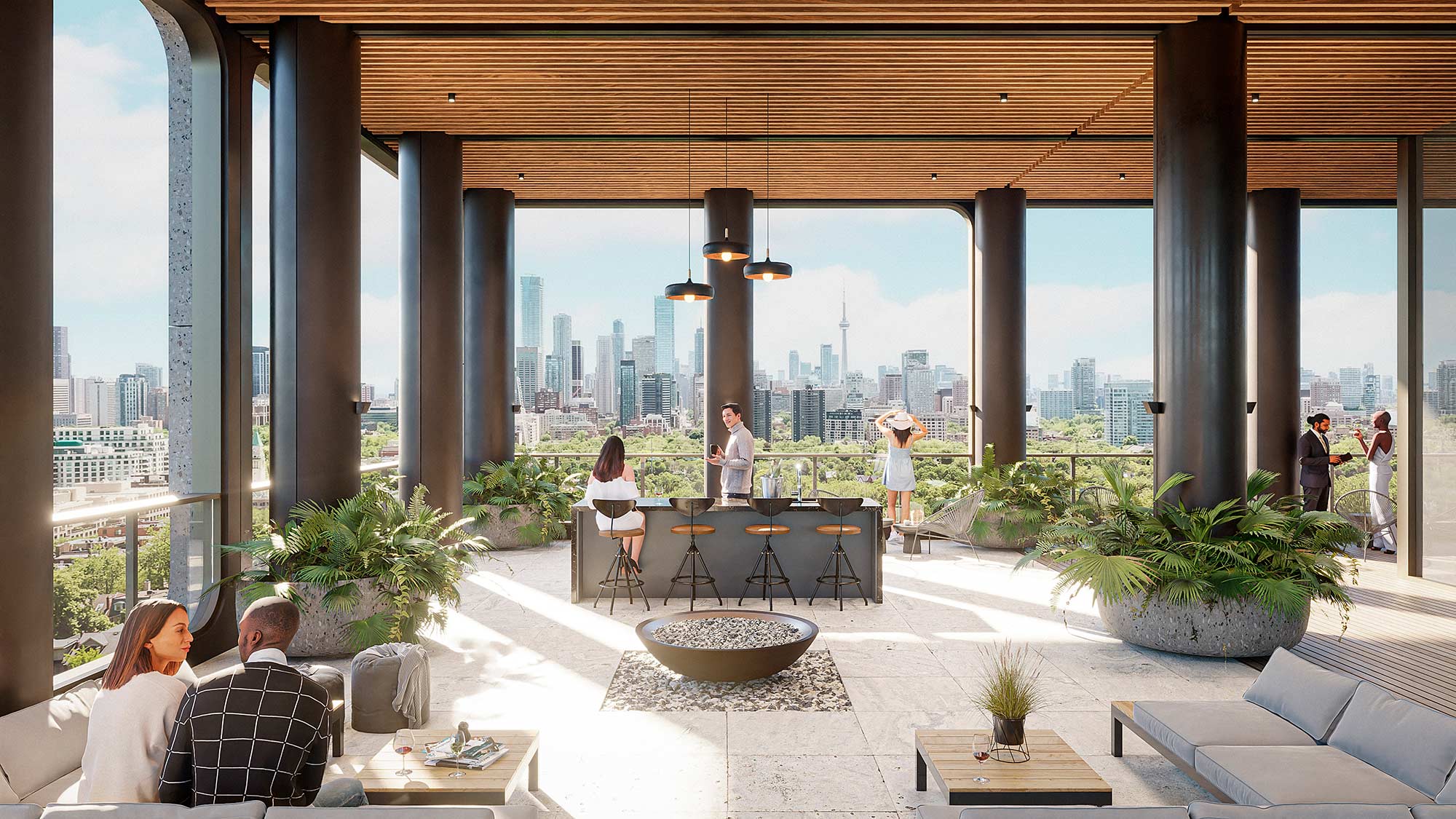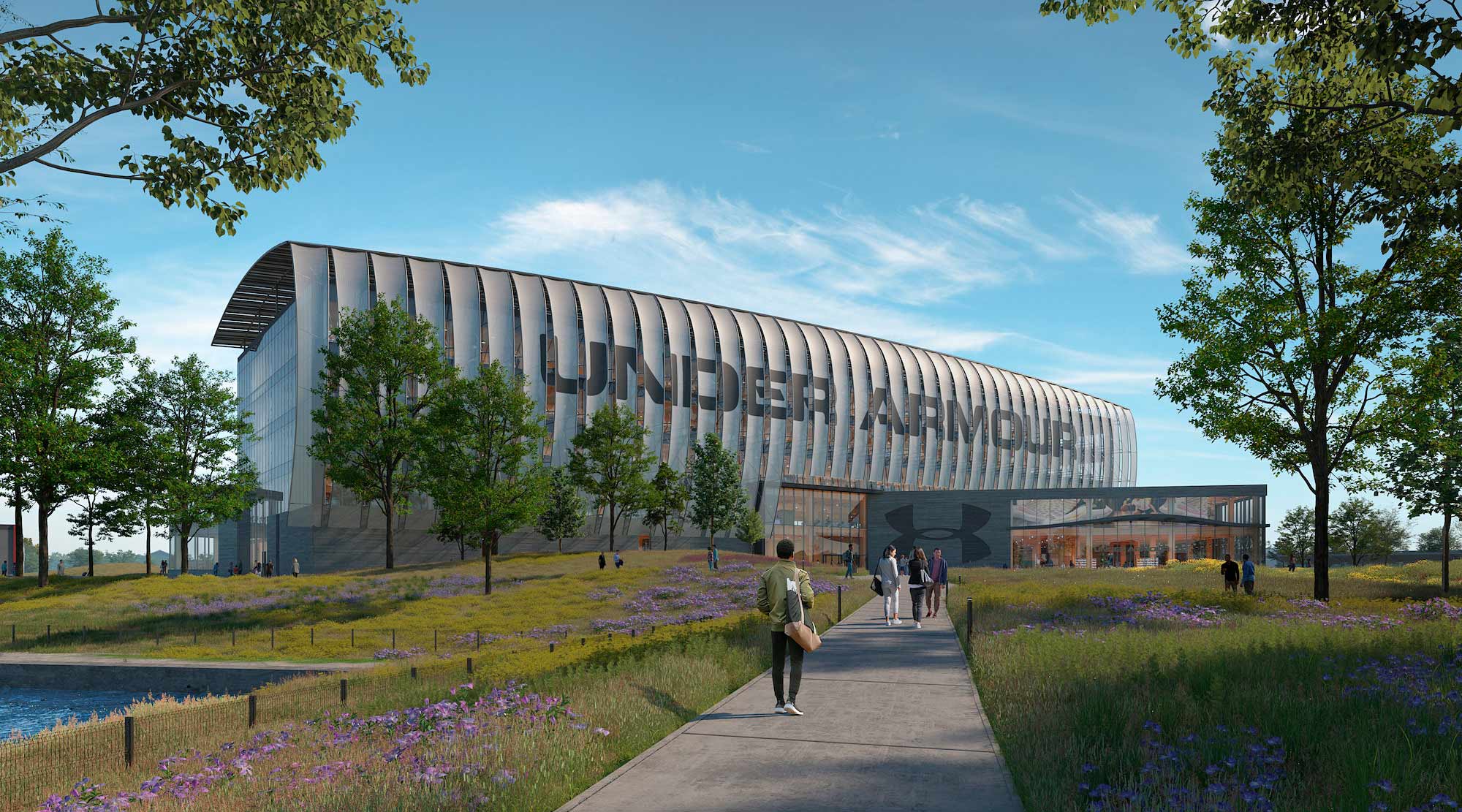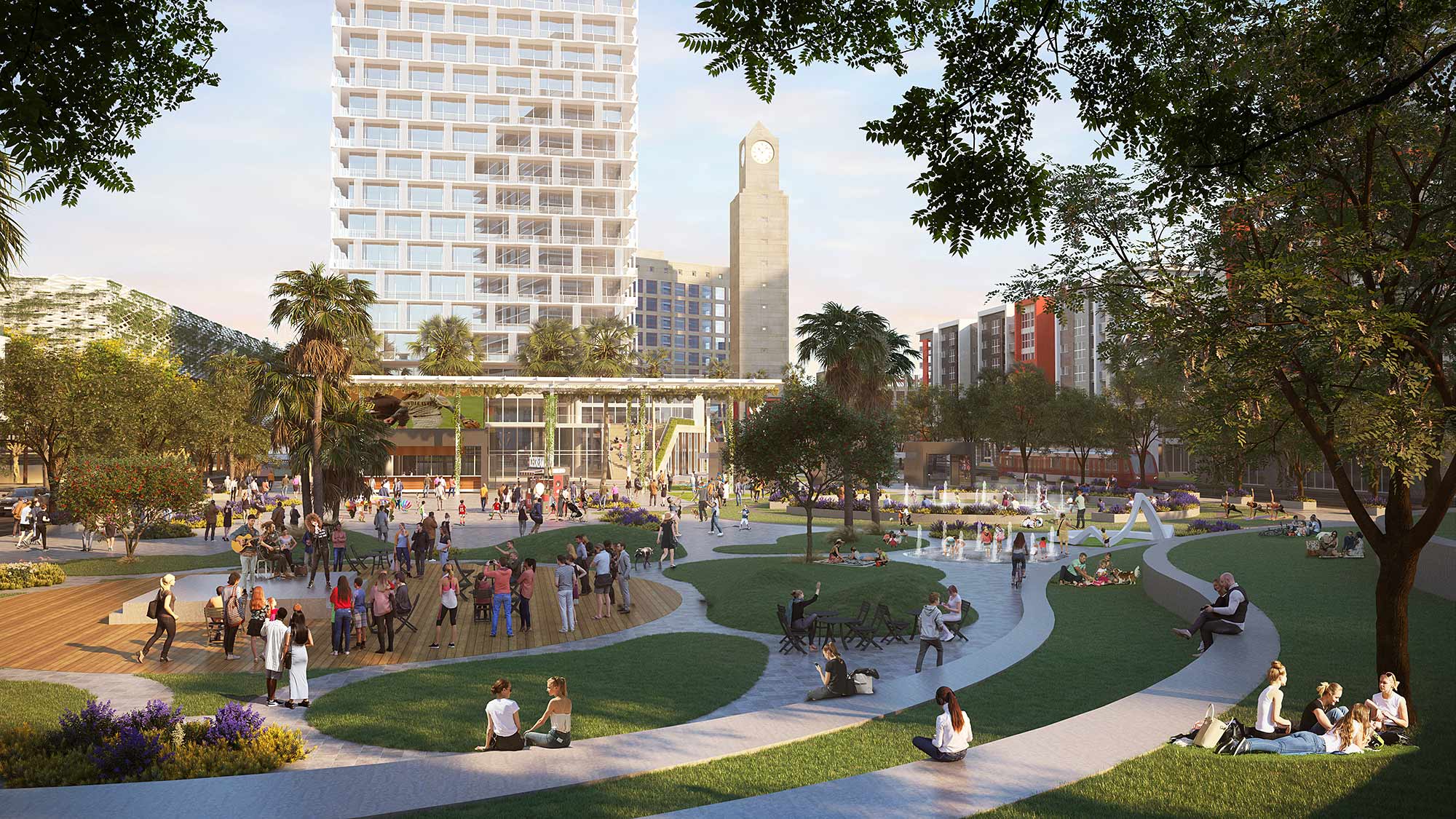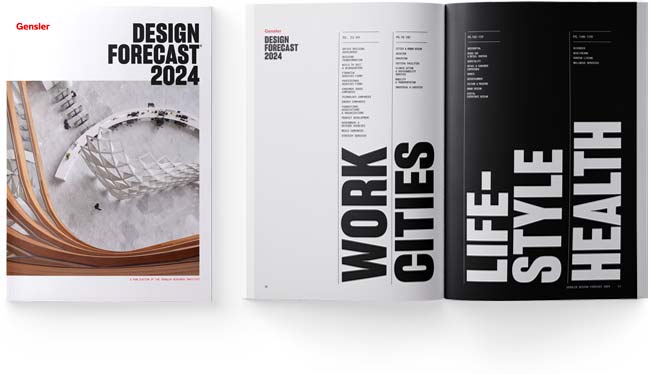
1 St. Clair West, Toronto
An aging office building was converted into residential units and new workplaces with modern amenities.
An aging office building was converted into residential units and new workplaces with modern amenities.

Under Armour Global Headquarters, Baltimore
Under Armour’s new HQ embodies the firm’s commitment to sustainability and performance with low-carbon materials, onsite solar and geothermal energy, and net zero design strategies.
Under Armour’s new HQ embodies the firm’s commitment to sustainability and performance with low-carbon materials, onsite solar and geothermal energy, and net zero design strategies.

AI depiction of futuristic city
AI will become a collaboration tool that will help designers redefine the built environment.
AI will become a collaboration tool that will help designers redefine the built environment.

Confidential Mixed-Use Master Plan
Older adults are now looking for multigenerational, connected, and urban accommodations that respond to their diverse lifestyles.
Older adults are now looking for multigenerational, connected, and urban accommodations that respond to their diverse lifestyles.
